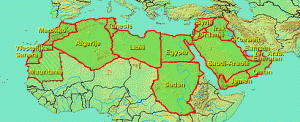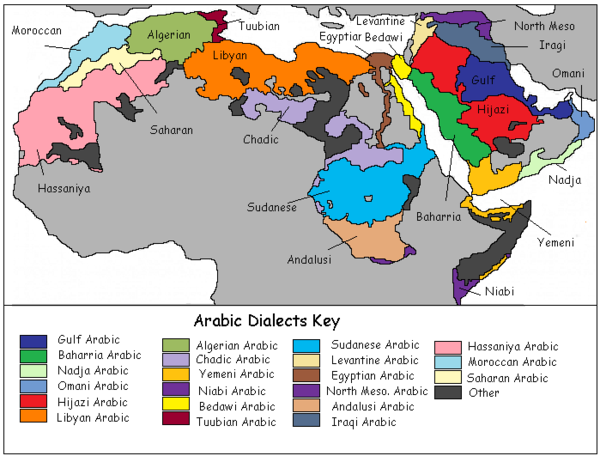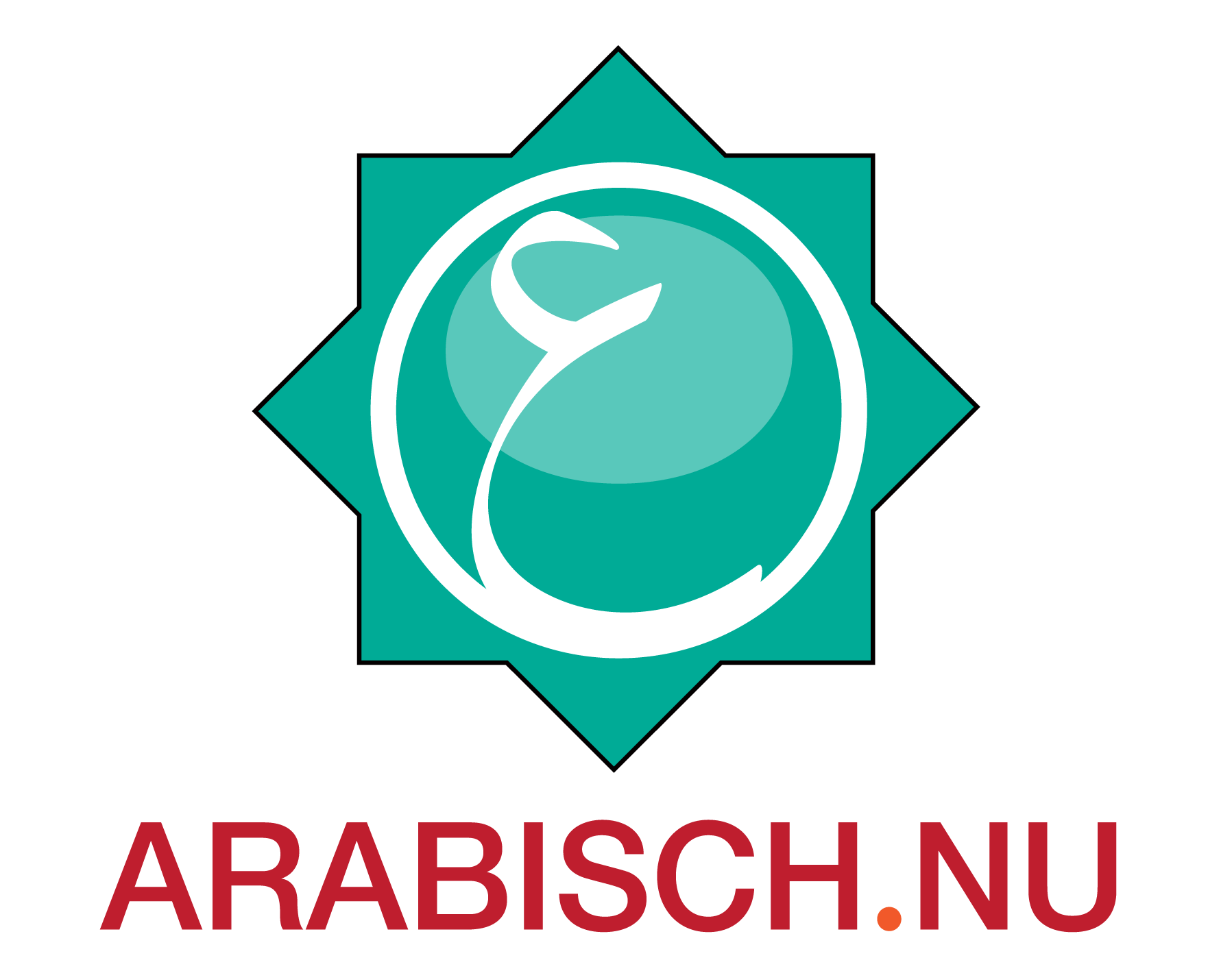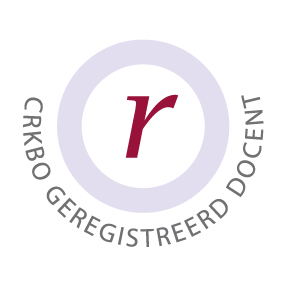Language
Quickly to Introduction, General, Writing, Pronouncing, Grammer, Exercise, Conversation, Games, Stories,
A new language is a new life
لــُـغــَـة جــَـدِيـــدَة هــِـي حــَـيــَـاة جــَـدِيـــدَة
Introduction

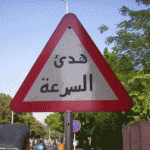 Arabic (in Arabic: الـعـربـيـة, al-Arabiya) is a world language that is spoken by approximately 320 million people in several countries. Arabic belongs to the Semitic languages. Arabic is the language of the Quran, the holy book of Islam, and therefore it is considered the mother language of the Islamic world. The Arabic alphabet contains 28 characters and is written from right to left with exception of the figures, which are written from left to right. In world history, many mathematical, philosophical, and astrological works have been written in Arabic. The quantitative, political, cultural, and religious meaning of the language was officially recognized in 1973, by the United Nations. Then Arabic became the sixth language of the UN (besides Chinese, English, Russian, French, and Spanish).
Arabic (in Arabic: الـعـربـيـة, al-Arabiya) is a world language that is spoken by approximately 320 million people in several countries. Arabic belongs to the Semitic languages. Arabic is the language of the Quran, the holy book of Islam, and therefore it is considered the mother language of the Islamic world. The Arabic alphabet contains 28 characters and is written from right to left with exception of the figures, which are written from left to right. In world history, many mathematical, philosophical, and astrological works have been written in Arabic. The quantitative, political, cultural, and religious meaning of the language was officially recognized in 1973, by the United Nations. Then Arabic became the sixth language of the UN (besides Chinese, English, Russian, French, and Spanish).
Arabic, as it is used nowadays in the media and in written works (such as documents and books, including schoolbooks and reading books for young children) is, in the west, referred to as modern standard Arabic. With this, it is distinguished from the traditional Arabic (Fusha) in which the Quran has been written; however, this difference is not made in the Arabic world. Several Arabic dialects are spoken in the daily used language in Arabic countries and regions in the Middle East and North Africa. These differences mutually, as a result, that perhaps inhabitants from different regions can understand each other. However, there is no written in these dialects. Egyptian Arabic has taken a particular position under the dialects because the Egyptian film industry has spread it all over the entire Arabic world. In the Handbuch der arabischen Dialekte of W. Fischer and O. Jastrow, 1980, the following dialect groups are distinguished: Maghrebi dialects, Egyptian dialects, Syrian Lebanese dialects, dialects of the Arabic peninsula, and Iraqi dialects. A foreigner, who speaks modern standard Arabic, is probably looked at oddly because this language alternative sounds fairly formally, but he can make himself understood/audible to well-educated Arabic speakers in the Middle East. What answers these people give might perhaps be understood with difficulty, unless they try their best to speak formally.
- Arabic is among the most highly used languages on the Internet today (ICANN)
- Campaign to save the Arabic language in Lebanon (BBC.uk)
- OLAC resources in and about the Arabic language (Jan.’14)
- Universities to address lack of translators in UAE (Aug.’12)
- Non-Arabic languages with Arabic script (Farsi (Perzisch, Iranians)), (Kurdish), (Ottoman Turkish (Until February 1928)), (Pashto), (Sindhi) en (Urdu) (Jan.’14)
Arabic is the official language in 26 countries. The language area covers approximately 6 000 kilometers, from Morocco to Oman. The MSA is a kind of ABN for the Arab world. This MSA is the communication of the developed Arabs. It is the language that is used in newspapers, literature, official speeches, circles of intellectuals, on radio and television, where it also transitional forms encounters between dialect and MSA, known as “the third language”. Understanding the coherence of the dialects of the MSA is essential. By the influence of Islam is the Arabic script established for many languages other than Arabic, just as the Roman writing for many more languages is used only in the Latin language. Below is a summary of the main non-Arabic languages that use the Arabic script. Persian (Farsi, Urdu, Persian), Pashto, Turkish (until 1928, after that, the Roman script was used), and Kurdish.
General
- Apple Arab (Apr.’14)
- Arabic 2000 (Apr. ’11)
- شـَــبــَــكــَــة Arabic for “web/network” Registry: International Domain Registry Pty. Ltd (Oct.’13)
- Arabic IDN Language Table (PDF®) (ICANN) (Oct.’13)
- Babel
- Brain Can Classify Words And More While You’re Sleeping (Sep.’14)
- Dutch is full of ‘historical junk’, says language expert (Jan. ’15)
- Eigenstart
- Europe studies Arabic (Aug.’20)
- Fun with Arabic
- Learn Arabic
- Learn the Arabic language
- Madina Arabic
- Medical
- Standard Arabic
- Student leads ‘Hebrew Arabic’ project (Sep.’14)
- The Birth of the Alphabet from Egyptian Hieroglyphs in the Sinai Desert (PDF®)
- Arab page (Dutch/En.)
- Arabiska skolan (Zweeds/En.)
- Startseite “arabisch” (Duits)
Writing
- Abjad: The Arabic alphabet learning system
- Ayesha’s amazing animated Arabic alphabet (Adobe Flash®)
- Arabisch lesen – leicht gemacht (Duits)
- Learning to write
- People and writing
- The art and design of writing
- The evolution of the alphabet
- The future of writing
- The origins of writing
- Where did writing begin?
- Why did humans start writing?
Pronouncing
Grammar
Exercise
Conversation
Games
- Fun with Arabic (song)
- Fun with Arabic (quiz)
Stories
Permalink Comments off
